In this latest edition of her regular column, Tiffani Angus—co-author of Spec Fic for Newbies—takes us on a dive into the cookie-cutter world where not everything is as it seems. It’s time for some Suburban Horror.
Like a lot of Americans, I grew up in suburbia. My house when I was ten or so was the same as the third or fourth house down the street on either side, sometimes with the floor plan reversed. So, it was always a bit weird to go to a friend’s house and see how they decorated “my†house, only twisted around. There’s something slightly creepy in thinking you’re a unique individual with your own life … as unique as the people who live nearby in your same house, looking out the same windows (just in a different place), using the same bathroom (but with the tub on the other side of the room). It’s bizarro-world with a dine-in kitchen a wall-to-wall carpeting in a good neighbourhood close to schools.
You grow up, fall in love, get married, and find happiness in your own crackerbox house in a neighbourhood filled with crackerbox houses surrounded by perfect lawns played on by perfect children. And, as you attend neighbourhood watch meetings, to keep the dangerous “them†out, you try to fend off the indoctrination of fitting in but find yourself scratching against suffocating convention. So, it’s the perfect time to do a deep dive into Suburban Horror, where the welcome wagon brings cookies … and death.
As always, the information in this article is more fleshed out (and contains cross references to other subgenres as well as activities and other practical writing-specific instruction and information) in Spec Fic for Newbies: A Beginner’s Guide to Writing Subgenres of Science Fiction, Fantasy, and Horror (Luna Press, 2023) by Val Nolan and me. Oh, and alert: Volume 2 will be out in August!
Get £3 off Spec Fic for Newbies when you buy directly from Luna Press using the promo code “SFN1â€. (Code valid until 31 May 2024.)
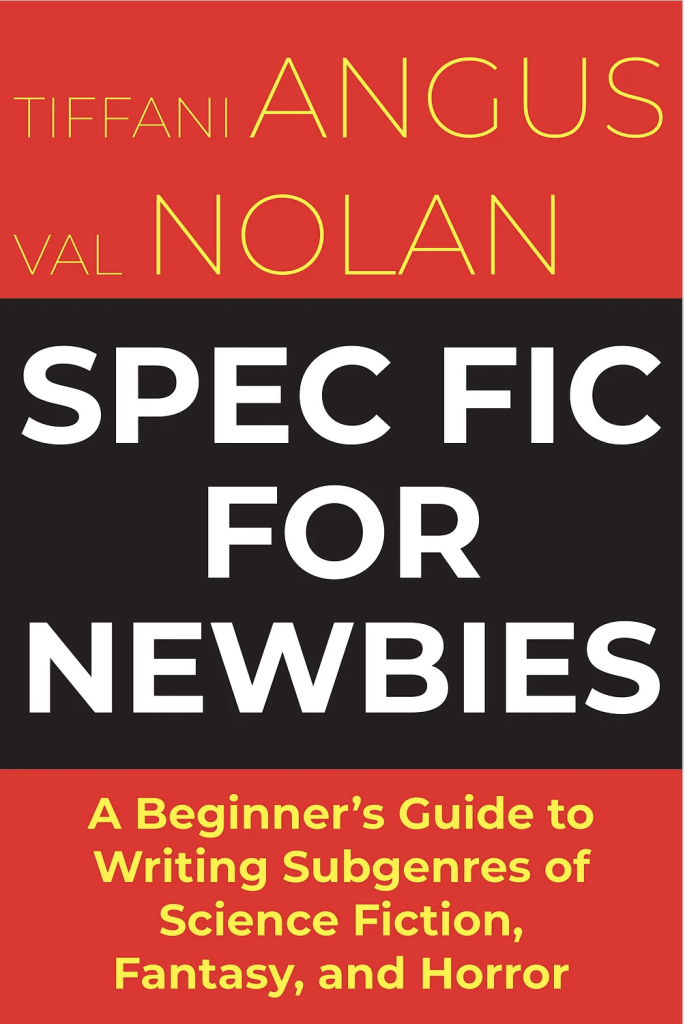
This month is a look at SUBURBAN HORROR

When we think of Horror, we often immediately picture creepy Victorian haunted houses or abandoned psychiatric hospitals, but there’s a tradition of Horror fiction set in our mundane world, too. Suburban Horror takes the lead in its juxtaposition of cookie-cutter houses and well-manicured lawns against knife-wielding killers and nefarious plans to eradicate any whiff of autonomy for the inhabitants. Suburban Horror lets hidden secrets out of the box. Are you ready to move in?
The suburbs (the ’burbs) are a relatively new creation, a result of the urban centres stretching to make room for the new workers who moved from the countryside to the cities to take factory jobs in the nineteenth and early twentieth centuries. More roads and trains meant people could work in the city and get home to the (almost) country each day. Urban centres were crowded, not very clean, and the housing was less than ideal; read any Charles Dickens story about poor orphans in Victorian London or Sinclair Lewis’s The Jungle (1906) about the abhorrent conditions in Chicago’s meatpacking district and you’ll get the idea. It’s a horror story all in itself.
So, when the ’burbs opened up—some developed by philanthropists as “garden cities†(in the UK) for factory and other blue-collar city workers to live in and so experience more “healthy†lives—people came running. The ’burbs promised single-family homes (especially in the US after World War II) with all the modern conveniences and a car in the driveway. It was a place of order and cleanliness in contrast to the frantic, crowded cities and the wild, remote countryside.
Suburbia is a geographically entrenched status quo: you have your own space, your own yard/garden, where mom and dad, kids, and a dog can all thrive. This safety manifests in houses that are duplicates of each other or variations of a small set of designs, a homeowners’ association (HOA) that controls what colour a house can be painted and what a front garden can and even must look like. The house prices determine the families’ characteristics: they’re usually in the same (or close) socio-economic position, and because of this and location, the families will mostly be similar politically, religiously, and culturally. And, at least in the US, the children all go to the closest local school, run by a school board that directs what is taught and when, and students sit in rows learning the same things together.

But while this sounds like a paradise for some, it doesn’t sound that different from a factory assembly line for others.
In this supposed paradise lurks rot, decay, and terror, mainly based on Horror being about the loss of control and the subversion or undermining of the status quo. This conformity is heightened in Suburban Horror with a loss of autonomy and individuality, especially for women.
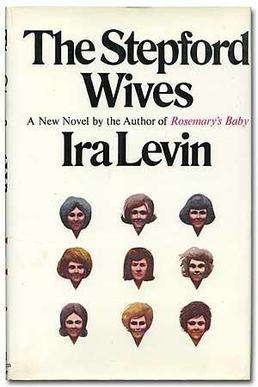
The original Suburban Horror novel is Ira Levin’s Stepford Wives (1972) about a neighbourhood in which the husbands replace their wives with robots that act like the “perfect womanâ€. The horror there has a lot to do with not just the weirdness of being replaced by unthinking, body-perfect automatons that don’t talk back and are always ready for sex, but also as a reflection of the second-wave feminism that the Western world was experiencing at the time. Women insisting on having power over their lives and bodies was unsettling to men (and some women). Levin took advantage of this by depicting a safe, controlled suburbia and uncovering what was really happening beneath the surface.
While suburbia has projected an image of safety from the “urban jungleâ€â€”that imagery having a racist component to it—this is a veneer that’s usually very thin. Thus, the subgenre is underpinned by anxiety related to the disconnect between the image of the place and its reality.
Urban areas aren’t the only ones with “urban blight†problems; the rate of sexual assault, drug abuse, and addiction (especially for suburban moms who, back in the day, depended on “Mother’s Little Helpers†to get them through an unending list of chores and expectations) have risen in recent years, with suburbanites in the UK believing they’re being ignored by governments. Anxieties about these problems encroaching on suburban lives express themselves throughout this subgenre.
Slasher films, which became popular from the late 1970s through the ’90s, often feature teenagers and young adults—the very people their parents moved to the suburbs to protect—as their protagonists and victims.
One example is A Nightmare on Elm Street (dir. Wes Craven, 1984 – pictured right) and its sequels, which are set in Springwood, Ohio. It’s an imagined suburban town in Middle America, where the children aren’t safe from a psychopathic serial killer who inhabits their dreams for revenge on their parents.
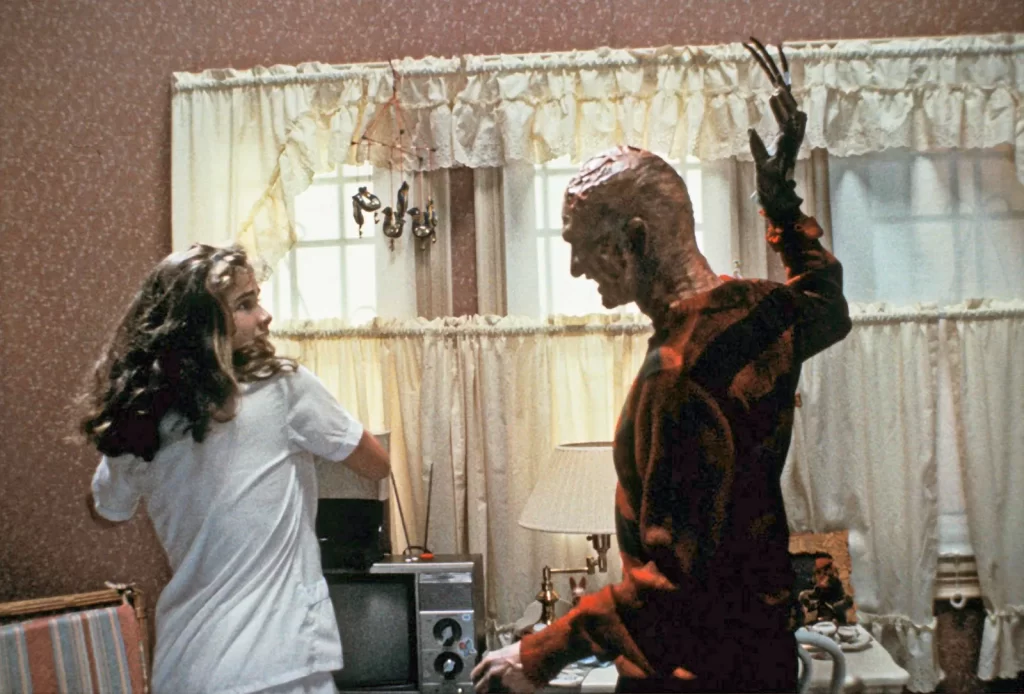
Another is Scream (dir. Wes Craven, 1996), set in the fictional suburban town of Woodsboro, that features psychopathic serial-killer teenagers who hunt their peers—even at one point killing a kid with an electric garage door, one of the major symbols of suburban life.
Suburban Horror depends on traditional Horror tropes and elements combined with the supposedly safe and “generic†setting of suburbia (read: “pure†or built in a place where there was nothing before) to enhance the feelings of creeping uneasiness. In Poltergeist (dir. Tobe Hooper, 1982), the unsettled or angry spirits of traditional Horror seemingly invade a brand-new house when a family moves into a planned suburban community and disruptive spirits kidnap the youngest daughter via a portal in her closet and keep her hostage in an alternate plane. However, not all is as it seems in this new ’hood: the father realises that the construction company that built the house lied about moving the bodies from the graveyard the house was built on and only moved the headstones, upsetting the spirits of the dead.
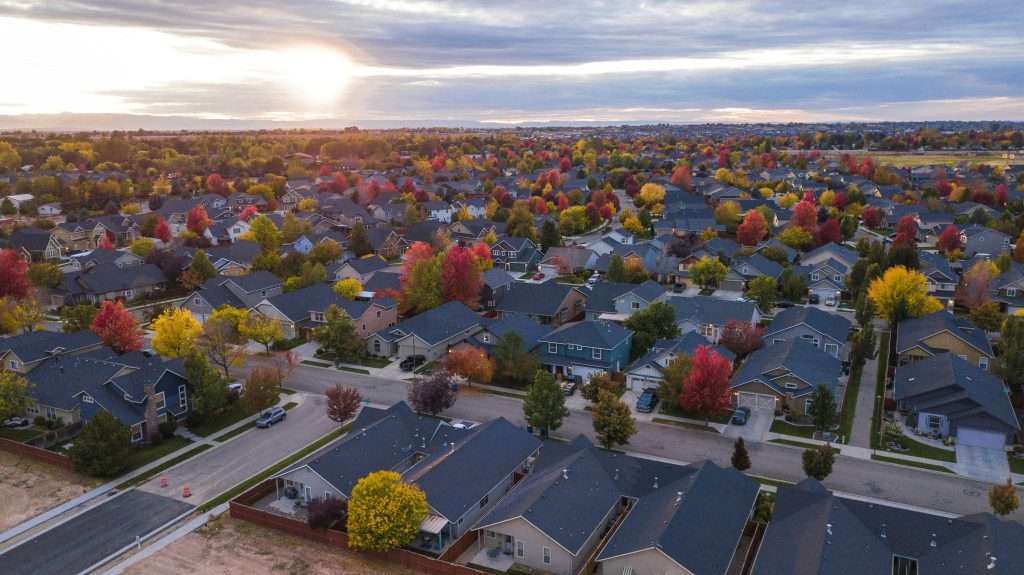
Psycho killers invade the ’burbs in The Burbs (dir. Joe Dante, 1989), in which a weird family new to the neighbourhood turns out to be killers who did away with the previous owners so they could have the house. In this Horror comedy, the killer family has a “foreign†name (the Klopeks) and are depicted as looking a bit odd, feeding into the suburban fear of “different†people moving in next door, threatening social/racial/religious/economic conformity.
Instead of killer humans it’s an alien invasion in the SF/Suburban Horror comedy The Watch (dir. Akiva Schaffer, 2012), set in Glenview, Ohio (always Ohio for some reason!). This film explores the fear of what’s outside the suburb coming in uninvited.
Suburbia really isn’t what it seems in the first series of Stranger Things (2016-present), in which young Will is taken from Hawkins, Indiana (again in Middle America) into the Upside Down, an alternate dimension inhabited by terrifying monsters, depicting a supposedly safe world that exists thinly atop a virtual hell.
The science fictional brain-transplant trope moves out of its mountain laboratory and into suburbia in Get Out (dir. Jordan Peele, 2017); the transplants are real while totally incongruous to the upper New York setting, suggesting how suburbia can “brainwash†its inhabitants.
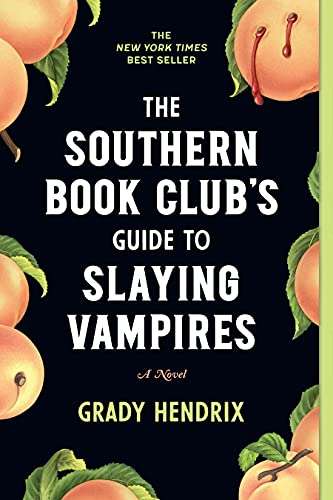
Grady Hendrix brings vampires back to suburbia (decades after Stephen King brought them out of far-off lands in ’Salem’s Lot in 1975) in The Southern Book Club’s Guide to Slaying Vampires (2020), in which a group of 1990s wives go head-to-head against their new neighbour, a handsome, charming man who, unfortunately, turns out to be a vampire that’s taking Black children. This novel uses Suburban Horror to investigate questions of race relations, bringing to light the systemic racism prevalent in American society as well as the misogynistic expectations that women at the time experienced—harkening back, again, to The Stepford Wives.
And speaking of Stepford Wives, one very recent entry in the Suburban Horror subgenre is Don’t Worry Darling (dir. Olivia Wilde, 2022), in which beautiful young couples live in an isolated company town, acting much like the happy families depicted in 1950s and ’60s TV shows; unfortunately, some of the wives become slightly brittle and unhinged, go away, and come back right as rain again. But the pastel-coloured paradise and its charming husbands harbour a dark secret (and because this film is so recent, I don’t want to spoil it!).
If we’re from the suburbs, we know what it’s like to live in a place where everyone is supposed to want to be the same thing and we often pushed against the boundaries; if we didn’t grow up there, we might feel instantly suspicious about a place where everyone wants to be alike. Suburban Horror plays on both sides of this uncomfortableness, taking the mundanity and boredom inherent in modern life and digging beneath the surface.
Some Recommended Reading/Viewing
- Ira Levin’s Stepford Wives (1972)
- Anne Rivers Siddons’s The House Next Door (1978)
- Poltergeist (dir. Tobe Hooper, 1982)
- A Nightmare on Elm Street (dir. Wes Craven, 1984)
- The Burbs (dir. Joe Dante, 1989),
- Scream (dir. Wes Craven, 1996)
- The Watch (dir. Akiva Schaffer, 2012)
- Stranger Things (2016–present),
- Get Out (dir. Jordan Peele, 2017)
- Grady Hendrix’s The Southern Book Club’s Guide to Slaying Vampires (2020)
- Don’t Worry Darling (dir. Olivia Wilde, 2022)

Images by Nikola Knezevic, Brad Fickeisen, Jimmy Conover, and Frank Okay on Unsplash


